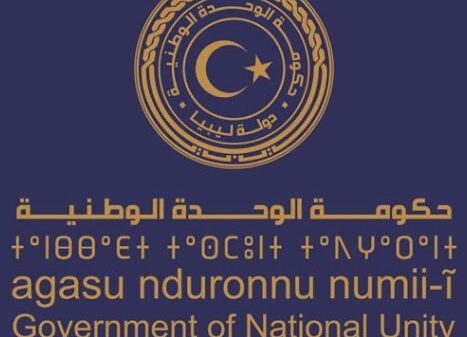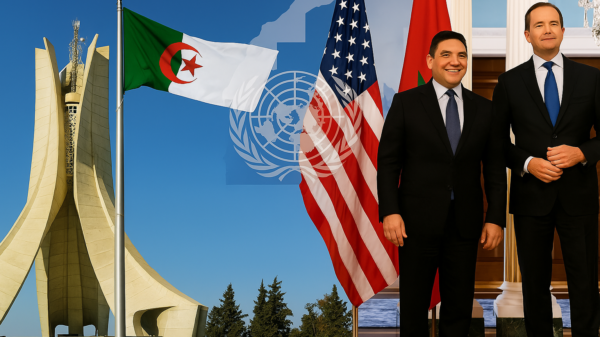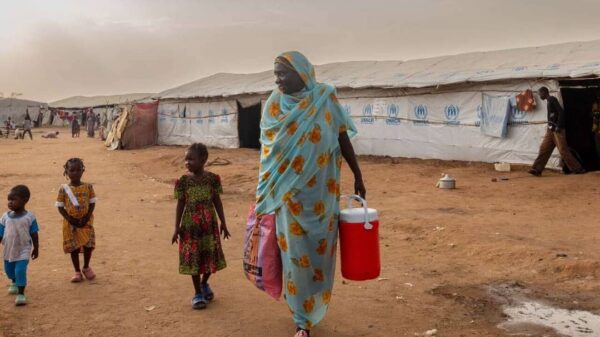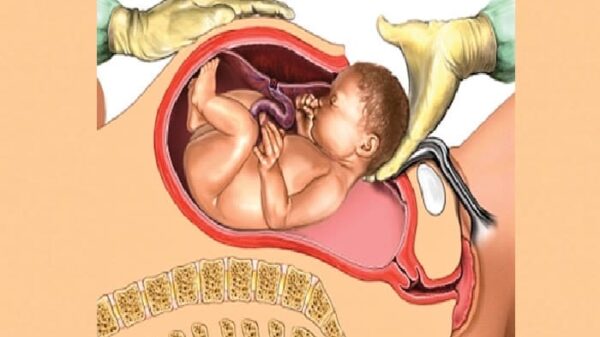As preparations begin to sight the Shawwal crescent moon, which determines the date of Eid al-Fitr 2025, most Muslim countries are expected to observe the sky on Saturday, March 29. The International Astronomy Center, based in the United Arab Emirates, has released a detailed report on the conditions for crescent visibility on that day.
For countries that rely on official moon sighting, the date of Eid al-Fitr will depend on whether the crescent is seen on Saturday evening. If sighted, Eid will be on Sunday—making Ramadan 29 days long. If not, the month will complete 30 days, and Eid will fall on Monday.
According to the Center’s astronomical analysis, sighting the crescent on Saturday is impossible from the eastern parts of the world and not feasible from the rest of the Arab and Islamic world, even with the use of advanced instruments such as telescopes or astronomical imaging technology.
The Center explained that crescent visibility is only possible through telescopes in parts of Central and North America, while the eastern U.S. coast poses significant difficulty, even with optical aid. Naked-eye sightings are only possible from parts of the Pacific Ocean west of the United States.
In major cities like Mecca, Cairo, Muscat, and Amman, surface-level astronomical calculations at sunset confirm that crescent visibility is not possible—neither with the naked eye nor using telescopes.
As a result, in countries that require confirmed visual sightings, it is expected that Ramadan will last 30 days, making Monday, March 31, 2025, the date of Eid al-Fitr.
However, the Center noted that since the astronomical conjunction (new moon) will occur on Saturday before sunset, and the moon will set after the sun in parts of the central and western Islamic world, it is not unlikely that some countries may announce Eid on Sunday, March 30, based on their traditional criteria, as has happened in past years.




























